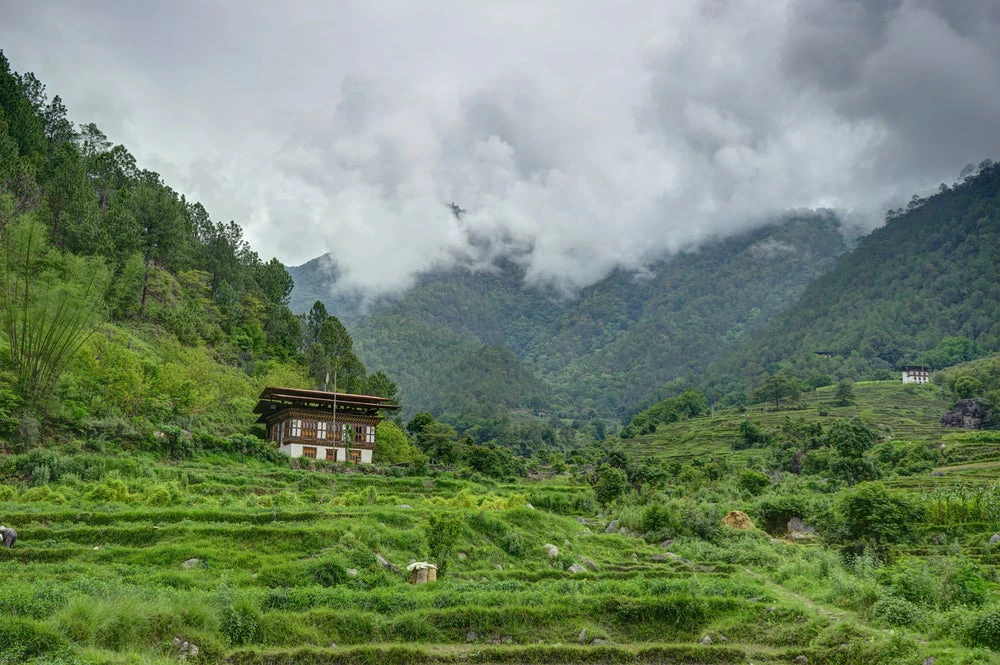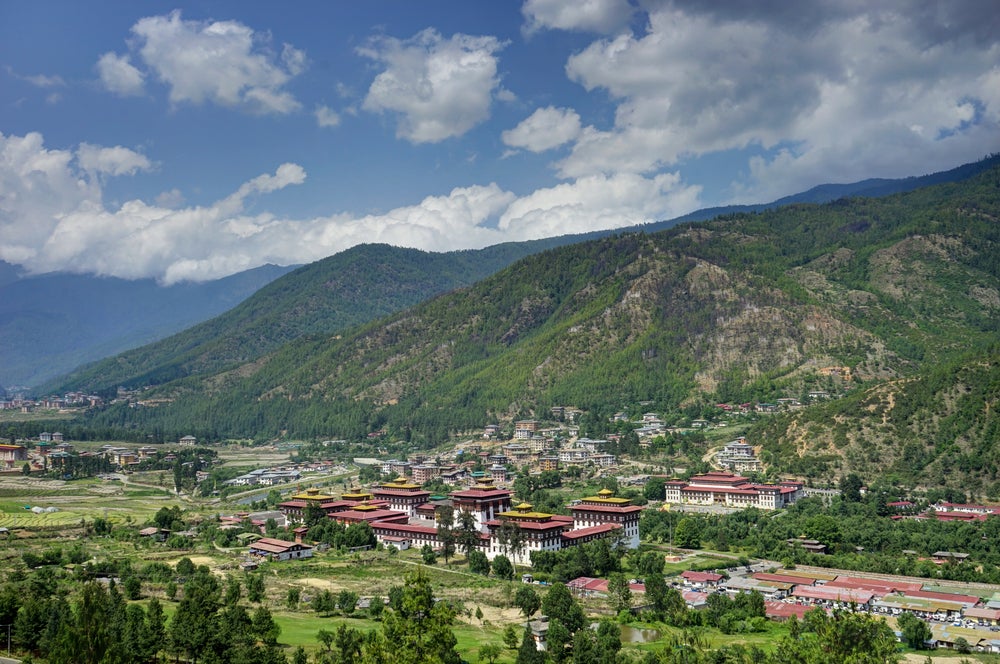 Bhutan forest cover
Bhutan forest cover
It was my first visit to Bhutan, and like many first-time visitors, I quickly realized that Bhutan is a unique country.
Not only did the impressive geography with high mountains and deep valleys catch my eyes when landing in Paro, it also was the dominant color: shades of green.
Bhutan has over 71 percent of its territory under forest cover.
While many countries in the world seem to have a hard time saving the few remaining patches of forests, Bhutan’s forest cover has remained remarkably stable and even increased over the past years.
In fact, Bhutan is the only carbon negative country in the world.
So, what is Bhutan’s secret?
But that alone cannot provide a full explanation. I have worked in many countries during my professional life and have learned that achieving ambitious goals requires champions and people committed to the greater good.
During my visit, I experienced first-hand that the people of Bhutan are deeply devoted to maintaining a careful balance between meeting societal needs and protecting Bhutan’s unique environment.
Bhutan’s forest cover has remained remarkably stable and even increased over the past years. In fact, it is the only carbon negative country in the world.
Maintaining this balance is challenging but possible if threats are addressed systematically and new opportunities carefully explored.
This is also valid for Bhutan’s forests and the World Bank is committed to supporting the Royal Government in conserving and sustainably managing this precious natural resource.
Over the past year, a World Bank team has worked in close collaboration with the Ministry of Agriculture and Forests to identify short, medium and long-term opportunities for modernizing Bhutan’s forest sector.
The team found that the country’s forestry sector constitutes an important, but underutilized sector of the economy with a contribution of only about 2 percent to GDP per year.
What’s more, with only 7.3 percent of the forest area under commercial management, Bhutan is a net importer of forest-based products.

It could also increase employment opportunities, create forest-based enterprises and move to a market-based approach for trading timber and non-wood forest products.
More and more people recognize that “wood is good” – not only because of its esthetic value, but also because wood products store the carbon that the growing trees have removed from the air.
Technological advances and innovation are opening opportunities for a variety of wood uses around the world. For example, the Mjøsa Tower near Oslo, Norway, the world’s tallest wooden building, is 18 floors (85.4 meters) tall.
Fully applying the principles of sustainable forest management to Bhutan’s production forests and modernizing the sector could significantly increase productivity and improve ecological resilience.
Recently, I had the opportunity to meet with the Honorable Minister Lyonpo Yeshey Penjor, Ministry of Agriculture and Forests, who reminded us that the forestry sector will be crucial to achieving the goals of the Royal Government.
As it happens, we are finalizing our Bhutan Systematic Country Diagnostic, which analyzes the most important development challenges and opportunities in Bhutan, and underpins our future strategy and investments in the country,


Join the Conversation